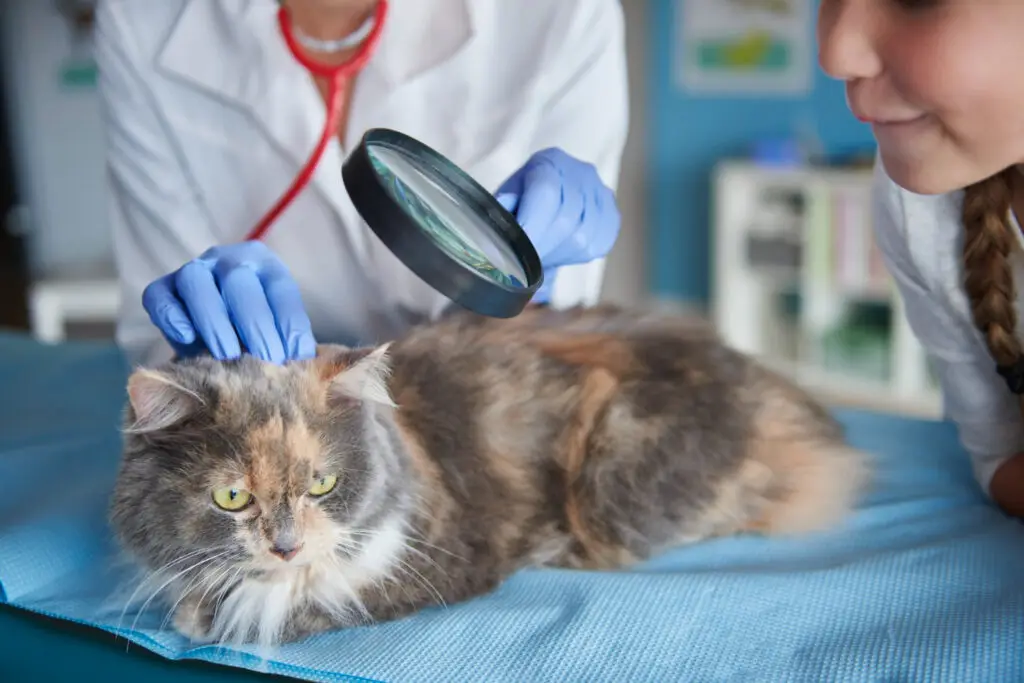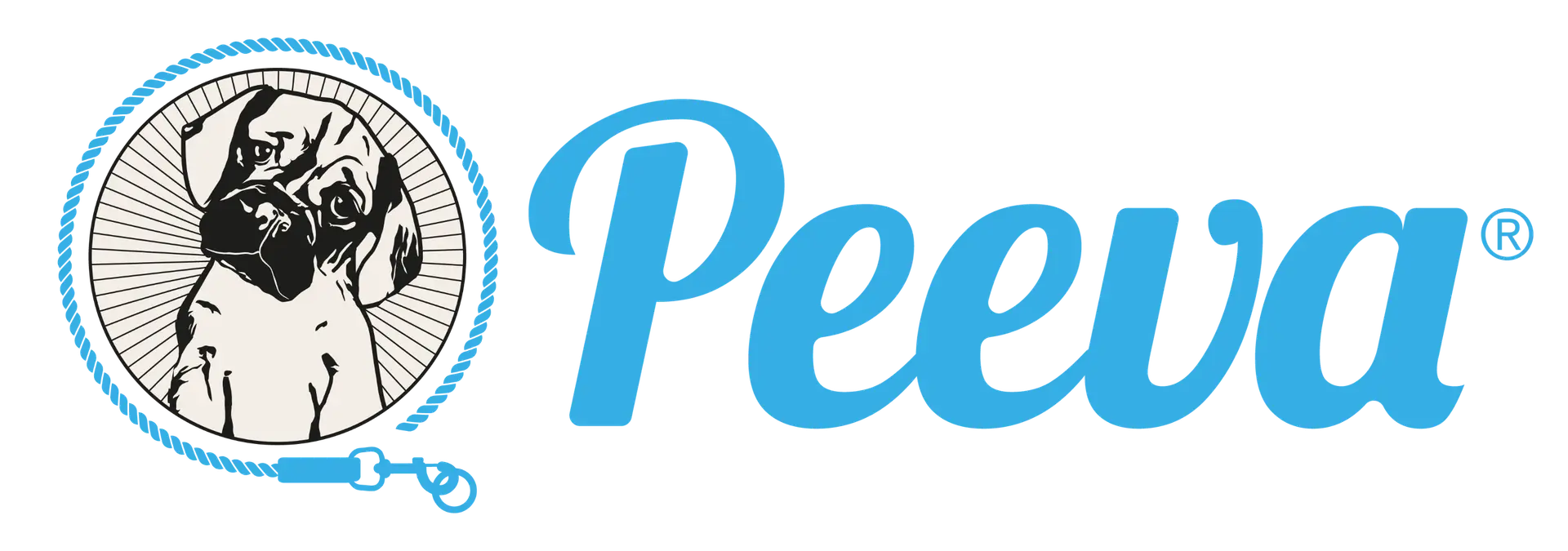Lost pets come home with Peeva.
Adopted Pals Need Safety Too: The 411 on Microchipping!
Have you recently adopted a pet or are you considering adopting one? The first thing you should do is ensure their safety, and microchipping is the perfect way to get started. This simple procedure can make a huge difference in ensuring the safety of your pet.
We’ll explore why microchipping is especially important for adopted pets and how it can help keep them connected to you.
Microchipping for Adopted Pets
Microchipping might sound a bit technical, but it’s actually pretty straightforward. It involves inserting a tiny chip just under your pet’s skin. This chip carries a unique ID number that’s registered in a database with your contact information. If your pet ever gets lost and is found by someone else, a quick scan of this chip can help reunite you both quickly.
For adopted pets, this is particularly important. Many adopted pets have been through shelters or have had multiple homes. This can sometimes lead to confusion or outdated information in their records.
A microchip ensures that no matter where they end up, the details linked to the chip can be updated so they always lead back to you, their newest loving owner.
Document That May Contain a Microchip Number
When you adopt a pet, you’ll usually receive a bunch of documents, like adoption papers and medical records from the shelter or rescue group. It’s crucial to check these documents for your pet’s microchip number, which is often listed there. This number is your key to updating any necessary information linked to the chip.
Understanding where to find this number and how to use it is essential. The microchip number is like a social security number for your pet—it’s unique to them and doesn’t change, even if their circumstances do. You’ll find this number listed on various documents like the adoption certificate or the pet’s vaccination records. Once you have this number, you can contact the microchip registry to update your contact details or confirm that they are correct. This ensures that if your pet ever gets lost, the microchip can effectively help in their safe return.
Changing Pet Chip Information After Adoption

Once you’ve welcomed your new furry friend into your home, one of the first things you should do is make sure their microchip information is up to date. This might sound complicated, but it’s actually pretty straightforward. You’ll need the microchip number we talked about earlier, which you can find in your adoption papers or from the vet’s records. Then, you just need to contact the microchip registry that holds your pet’s chip information. This could be any one of several databases where pet microchips are registered.
When you call or log in online, you’ll typically be asked to provide some proof that you are now the pet’s owner. This could be your adoption papers or a transfer of ownership document. Once that’s squared away, you can update all the essential details: your name, address, phone number, and even alternate contacts. It’s a good idea to check this information once a year, just to make sure everything’s still correct. Keeping this info updated is the best way to ensure a lost pet makes their way back to you as quickly as possible.
Changing a Dog’s Name After Adoption
Changing a dog’s name after bringing them home is not uncommon. Whether it’s because the new name better suits their personality or you just want something fresh, it’s a personal choice and can be a fun part of the bonding process. However, it’s important to remember that changing your dog’s name doesn’t affect their microchip information. The microchip is linked to the number, not the name.
That said, it’s still important to update the name registered in the microchip database for consistency’s sake, especially when you visit the vet or if your pet is lost. When you update your contact information, just add the new name so everything matches. This helps avoid any confusion if your pet is ever recovered by animal control or a shelter, ensuring they know which name your furry buddy responds to.
Transfer Microchip Ownership for Adopted Pets
Transferring microchip ownership when you adopt a pet is another critical step in ensuring their safety. This process formally registers you as the new owner in the microchip database, which is essential in the event that your pet goes missing. The process is similar to updating your contact details but focuses more on legal ownership.
To start, you’ll need the microchip number and possibly some documentation from the adoption agency or previous owner stating that you are now the rightful owner. This might include specific transfer papers or an updated adoption contract. Once you have these, reach out to the microchip registry to initiate the transfer. They might ask for some basic information about your pet, like breed, age, and health status, along with your own contact details.
This step ensures that if your pet ever gets lost and then found, the registry can immediately identify you as the owner and contact you, no matter where your pet was found. It’s an extra layer of security that reinforces the bond between you and your pet, making sure they always end up back in your loving arms.
Conclusion
Wrapping up, microchipping your adopted pet isn’t just a one-time task—it’s an ongoing commitment to their safety and your peace of mind. By ensuring that the microchip information is always current, you’re setting up a safety net that could one day bring your pet home if they ever get lost. Remember, the microchip itself doesn’t need to be updated or maintained; it’s all about keeping the contact information linked to it up-to-date.
If you’ve recently adopted a pet or are planning to, make microchipping a priority. Check the existing microchip details, update them as needed, and confirm everything is in order. If your pet isn’t microchipped yet, it’s a simple, quick procedure that any veterinarian can perform. Think of it as a tiny investment in your pet’s safety and your own peace of mind.
So, take a moment today to review your pet’s chip information or make that vet appointment. It’s a small step that could make a big difference. Keep your adopted pals safe—they’re counting on you!
Peeva: Where Lost Pets Find Their Way Home
Transform your pet’s microchip into a lifeline. 24/7 phone support and lost pet alerts ensure your pet gets the help they need, when they need it.






